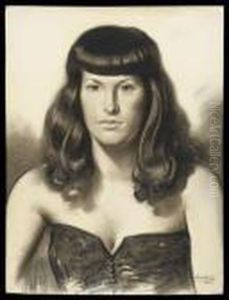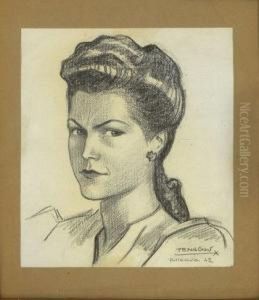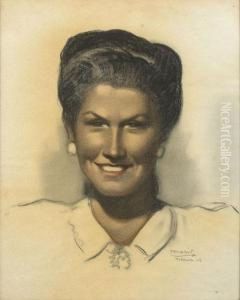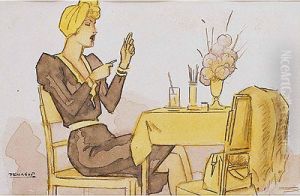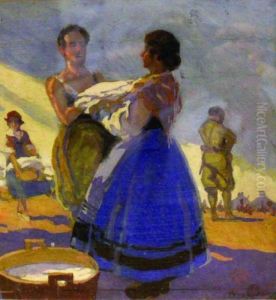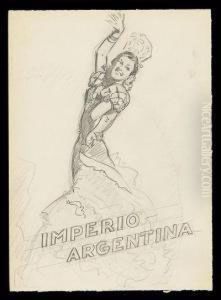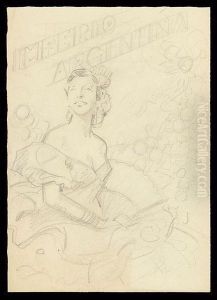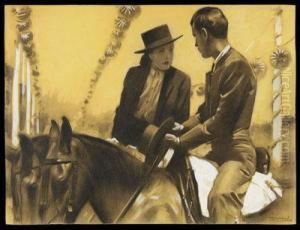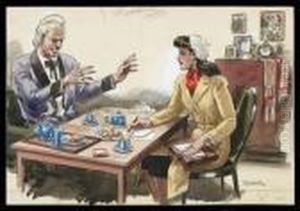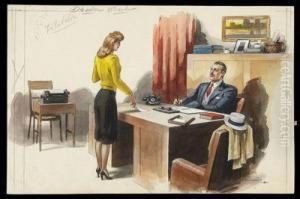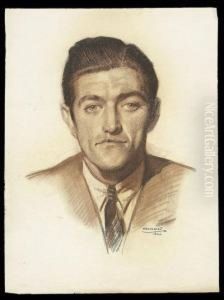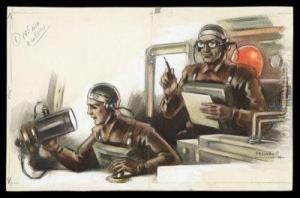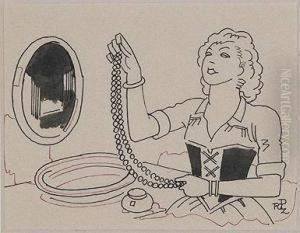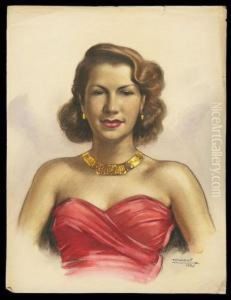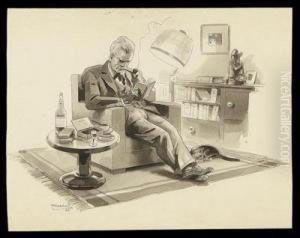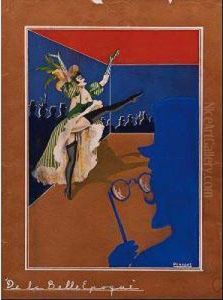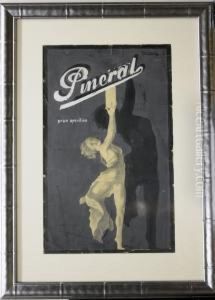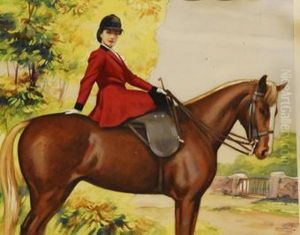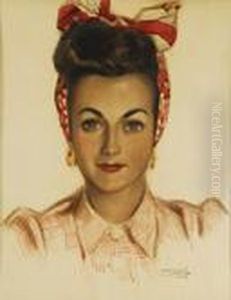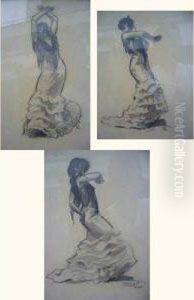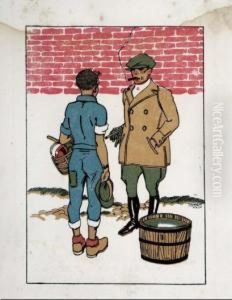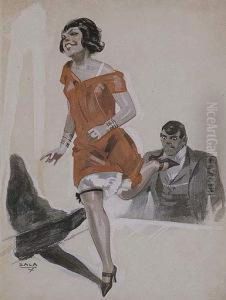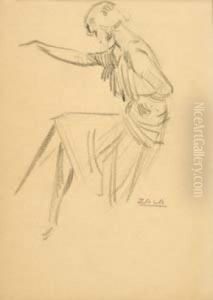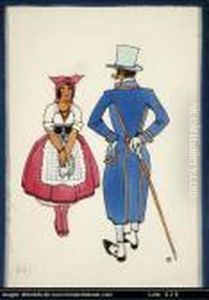Rafael Penagos Zalabardo Paintings
Rafael Penagos Zalabardo, born on February 2, 1889, in Madrid, Spain, was a prolific Spanish illustrator and painter, primarily recognized for his work in magazines, posters, and advertising during the early to mid-20th century. Penagos played a significant role in shaping the visual culture of his time, bringing a modern and elegant aesthetic to the graphic arts in Spain.
His early education took place at the San Fernando Royal Academy of Fine Arts in Madrid, where he honed his artistic skills. Penagos's career as an illustrator gained momentum in the 1910s and 1920s when he began to collaborate with popular magazines such as 'Blanco y Negro' and 'ABC.' His illustrations were characterized by their stylish and sophisticated lines, often depicting the modern woman of the time, known in Spanish as the 'mujer moderna.' His work was not only limited to illustrating articles but also included creating cover art for novels and designing fashion plates, which were highly regarded by the public.
In the realm of advertising, Penagos was a pioneer, embracing new trends and techniques. He created numerous posters and graphic campaigns for a variety of companies, and his advertisements were known for their innovative use of typography and imagery. His designs often featured women and were infused with a sense of glamour and cosmopolitanism, reflecting the societal changes and the growing consumer culture of the period.
Beyond his commercial work, Penagos also explored other artistic avenues, including painting and set design. He was involved in designing sets for theater productions, which allowed him to express his creativity in a three-dimensional form. His paintings, on the other hand, were less known but equally compelling, showcasing his versatility as an artist.
Rafael Penagos Zalabardo's impact on the field of graphic arts was recognized by his contemporaries, and his legacy continues to be celebrated in Spain. His illustrations are considered emblematic of the period between the two World Wars, capturing the essence of a society in transition. He passed away on June 5, 1954, in Madrid, leaving behind a rich body of work that continues to be studied and appreciated by art historians and enthusiasts alike.
